Feature Focus: The Evolution of Open-World Games with The Witcher 3
- 2024-03-04 10:00
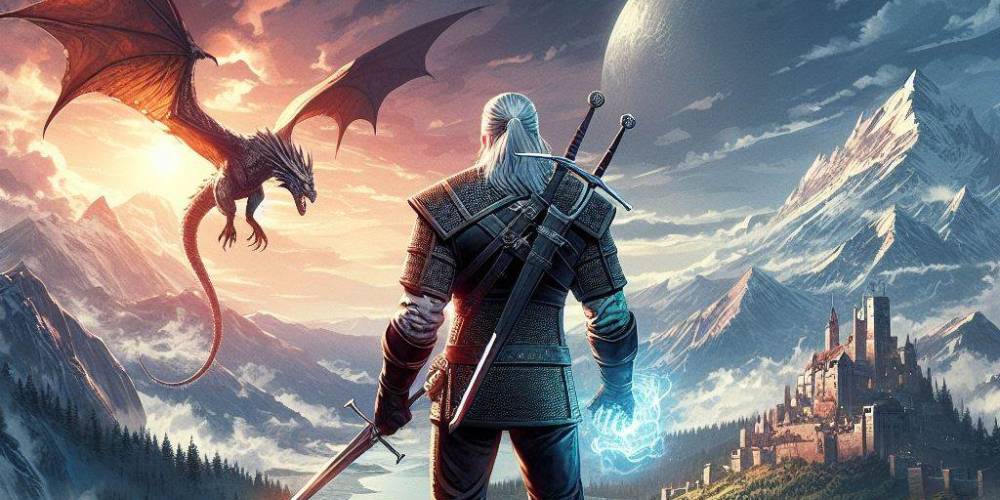
The Witcher 3: Wild Hunt is not just a game; it's a beacon of evolution in the open-world genre. Released in 2015, this masterpiece by CD Projekt Red has remained a pivotal point of reference when discussing advancements in video game design. Its intricate balance of narrative depth, expansive world, and engaging content has set a new precedence in game development.
With its release, The Witcher 3 transcended traditional boundaries, offering players not just a game but a rich, living world teeming with stories and characters that felt real. This analysis delves into the components that made The Witcher 3 a landmark in the evolution of open-world games.
Breaking New Ground in Storytelling
The narrative prowess of The Witcher 3 is unmatched, weaving a complex, multi-layered story that ensnares players. Unlike many of its predecessors, the game doesn't rely on a black-and-white narrative. Instead, it offers a morally ambiguous world where decisions have weight and consequences, making each player's journey unique.
Its storytelling brilliance is further emphasized by the depth of its characters. Every individual Geralt encounters has a story, making the world of The Witcher 3 feel alive and teeming with narrative depth.
World-Building Excellence
The Witcher 3's world-building is a monumental achievement. The game presents a sprawling, open world that is rich in detail and filled with lore. From the war-torn lands of Velen to the bustling streets of Novigrad and the beautiful isles of Skellige, each region boasts its own culture, history, and issues, making exploration a rewarding experience.
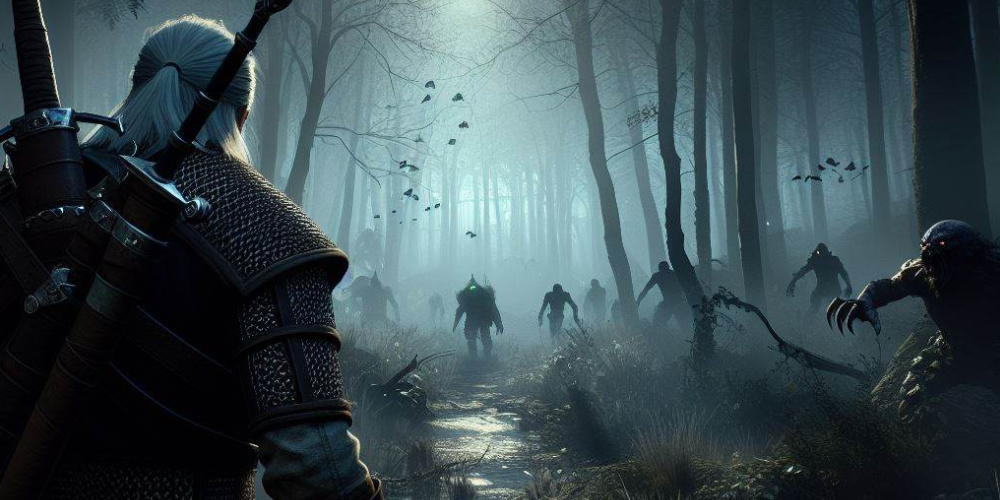
This meticulous attention to detail ensures that the world feels lived in. The environments are not just backdrops but are integral to the storytelling, providing context and depth to the narrative.
Revolutionizing Side Quests
Side quests in The Witcher 3 set a new standard for open-world games. Gone were the days of fetch quests with little to no narrative value. The Witcher 3's side quests are as compelling as its central narrative, often with their own complex stories that could easily stand as main quests in other games.
These quests offer not just opportunities for additional gameplay but add layers to the already rich tapestry of the game's world. Gamers are motivated to investigate every corner and hidden area, since even the tiniest mission can reveal a narrative as captivating as the main storyline.
Innovative Gameplay Mechanics
The Witcher 3 combines traditional RPG elements with innovative gameplay mechanics to create a unique experience. Combat is fluid and dynamic, requiring strategy and skill rather than simple button-mashing. Alchemy and crafting systems are intricately designed, encouraging players to engage deeply with the world and its resources.
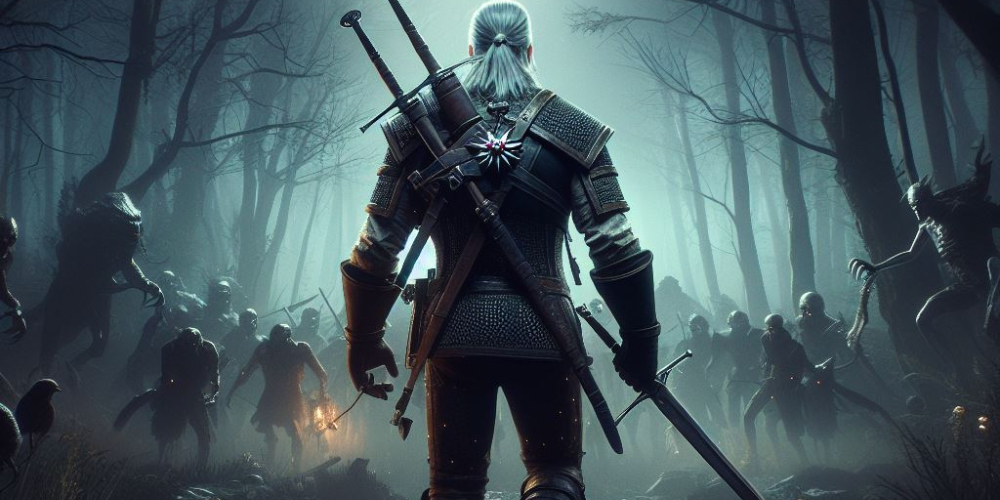
Besides combat, the game introduces the player to Gwent, a card game that became so popular among fans that it spawned its own standalone game. This inclusion of mini-games further enriches the gameplay experience.
Environmental Storytelling
The Witcher 3 utilizes its environment to tell stories in subtle yet impactful ways. The ruins of war, the remnants of past civilizations, and the scars left by monsters tell their own tales. This environmental storytelling adds depth, making the world not just a place to pass through but a character in its own right.
Stumbling upon a deserted village or a hidden cave feels significant, offering silent stories that compel players to piece together the history and events of the world.
Character Development and Interactions
Character development is another hallmark of The Witcher 3. Geralt of Rivia, the protagonist, is more than a monster hunter for hire; he's a character with depth, emotions, and relationships that evolve throughout the game. The supporting cast is equally robust, with each character having distinct personalities, ambitions, and flaws.
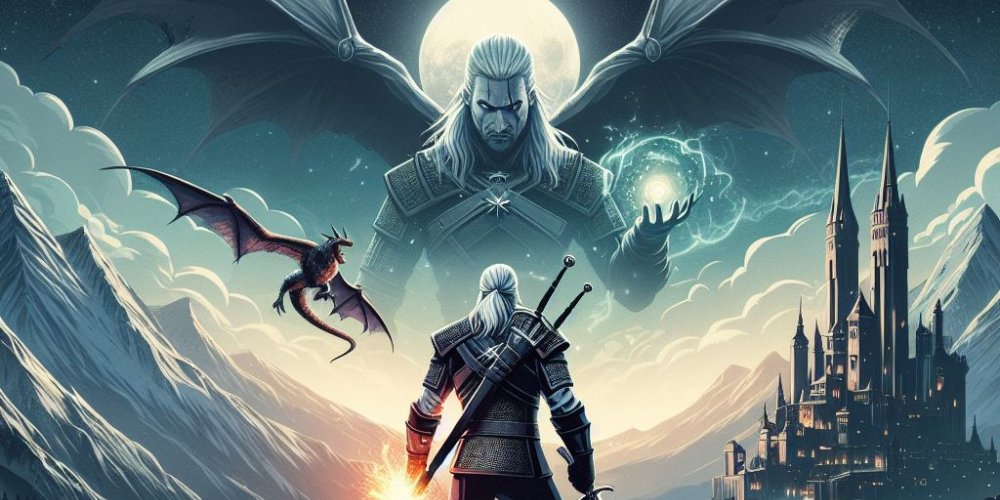
The game's dialogue system plays a crucial role in these interactions, offering choices that affect relationships and the story's outcome. These interactions make the narrative experience remarkably personal and immersive.
Cinematic Presentation
The Witcher 3 has been lauded for its cinematic presentation, which elevates the storytelling. Cutscenes are beautifully crafted, blending seamlessly with gameplay to enhance the narrative without detracting from the player's immersion. The game's use of camera angles, lighting, and music in these moments contributes to a cinematic quality rarely seen in video games.
This cinematic approach helps bridge the gap between video games and film, offering an experience that is both visually and emotionally compelling.
The Role of Choice and Consequence
Choice and consequence are central to The Witcher 3's gameplay. Decisions made by the player can have far-reaching effects, altering the course of the story, the fate of characters, and the state of the game world. This system adds tremendous replay value as players explore different paths and outcomes.
Far from offering superficial choices, The Witcher 3 ensures that decisions are difficult and morally complex, forcing players to ponder their actions and their potential impact on the world.
The Importance of Immersive Sound Design
Sound design in The Witcher 3 is exceptional, contributing significantly to the game's immersive quality. The soundtrack is rich and varied, capturing the essence of each region and moment. Ambient sounds of wildlife, bustling cities, and howling winds add layers of realism, transporting players into Geralt's world.
Voices are another critical aspect, with superb voice acting bringing characters to life. The attention to dialects and accents adds depth to the cultural diversity within the game, making each region feel distinct.
Impact on Future Open-World Games
The Witcher 3 has undoubtedly left an indelible mark on the open-world genre. Future titles now strive to match its narrative depth, world-building, and immersion. It has set new benchmarks for storytelling, character development, and how side quests can contribute to the overall experience.
As a testament to its influence, many upcoming games cite The Witcher 3 as an inspiration, proving its impact and the legacy it continues to build within the gaming community.
Community and Mod Support
Another factor contributing to The Witcher 3's longevity is the strong community and mod support. The developer, CD Projekt Red, has been praised for its engagement with the community, providing tools and support for modders. This support has led to countless mods that improve, alter, or add to the game, keeping it fresh and interesting years after its release.
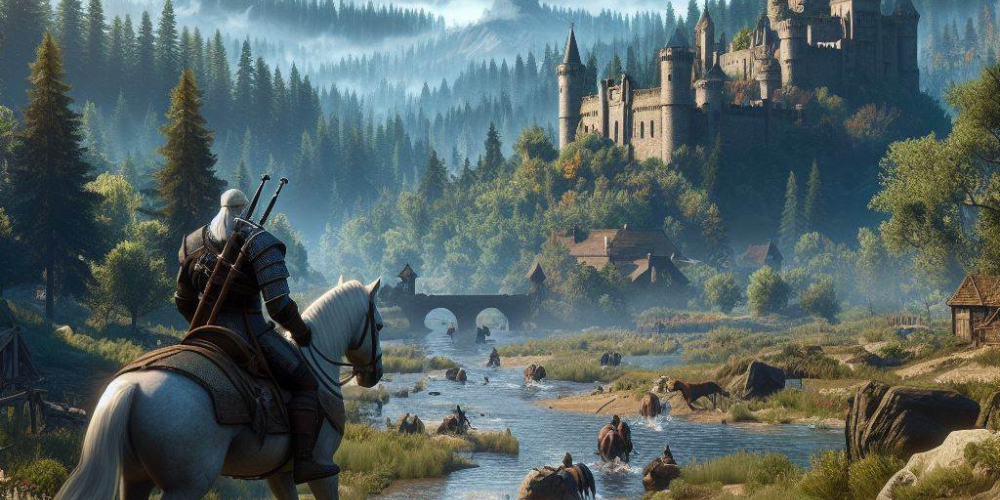
The flourishing mod community has not only prolonged the life of the game but also enabled players to customize their gaming experience, making sure that The Witcher 3 remains a cherished game among enthusiasts.
Expansions: Continuing the Legacy
The expansions for The Witcher 3, "Hearts of Stone" and "Blood and Wine," continued the game's legacy of excellence. Each expansion added substantial content, with new stories, characters, and areas that maintained the high quality of the base game. "Blood and Wine," particularly, received acclaim for its storytelling and the beautiful new region of Toussaint.
These expansions exemplified how to add meaningful content to an already expansive game, enriching the world and providing players with more of what they loved about the original game.
Conclusion: The Witcher 3's Lasting Impact
The Witcher 3: Wild Hunt has not only set new standards for open-world games but has also shown how video games can be a powerful medium for storytelling. Its impact on game design, narrative depth, and player engagement will be felt for years to come. As both a critical and commercial success, The Witcher 3's legacy is secured as a beacon of innovation and excellence in the gaming industry.
By pushing the boundaries of what's possible in a video game, The Witcher 3 has become a timeless classic, continuing to inspire game developers and delight players around the world. Its contribution to the evolution of open-world games is immeasurable, making it a landmark title in video game history.





